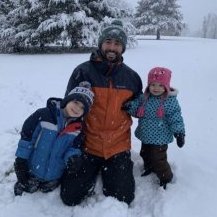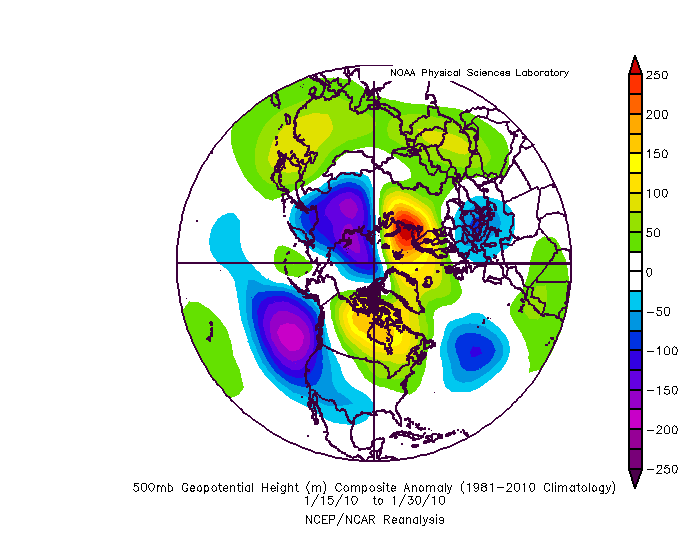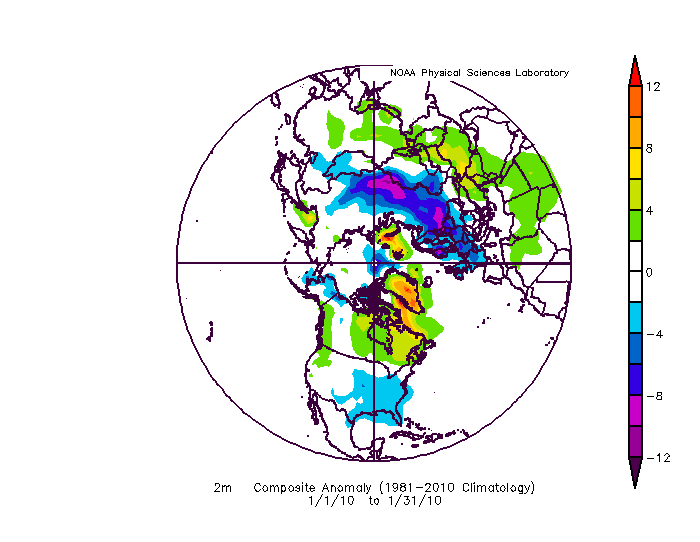-
Posts
26,567 -
Joined
-
Last visited
Content Type
Profiles
Blogs
Forums
American Weather
Media Demo
Store
Gallery
Everything posted by psuhoffman
-
Omg cold anomalies...!!! Lol
-
They are very unpredictable AND they don’t always couple with the TPV. But when they do it definitely has an effect on the AO. But it’s hard to use something we have such little predictability of usefully for a forecast.
-
Lot of moving parts. I do think there may be something to this theory. It’s not just Cohen saying it. But it’s also odd that I can remember 4 times recently that a SSW occurred and right before the pattern got suddenly derailed by a huge ridge in the east that originated from the tropical pacific. What just happened this week is eerily similar to what happened in January 2019. What happens after depends though. I’ve read trop coupling is more likely in years with a weak TPV to start so that’s on our side. The last time we had a SSW that coupled in 2018 it initially hurt the progression in Feb (we wasted a strong cold MJO phase wave but then it set up a pretty awesome pattern in March. If we get a similar progression only 5-6 weeks earlier this time...I could live with that! Btw I feel like the end of the 18z gefs needs angel choir music or something. Went all GEPS. Been trending this way for a while but good to see the progression staying locked in time and not getting kicked YET.
-
I was just ribbing him
-
There is no way to say conclusively because there are so many variables and no way to isolate them. But there has been a correlation between the pre cursor heat flux to a SSW and a warm eastern US.
-
It better couple with the trop this time. I’m reading hints the heat flux leading to this SSW might have derailed the pattern progression guidance was seeing a week ago similar to what happened in Jan 2019. I don’t know enough to say but that would be the $&@&
-
No it lost it on 18z run
-
Where do I sign?
-
GEPS was never really on board with the great look in late Dec early Jan but now...
-
From there is we can get the western trough to split and the vortex to pull back allowing that energy out west to slide under the block that can go somewhere good. If the whole trough keeps digging west....ehh
-
Yea that’s workable. The pac was ok for most of Dec...and we had a legit threat or two...had that held into mid winter with a -AO we were looking good. Unfortunately the pac looks to have settled into a more Nina base state now.
-
We need that vortex to back off some. Ideally if it backs off into the WPO it redirects that Nina ridge into the pna domain and western Canada. Absent that it’s even better if it just goes away. That’s not perfect but if...big if..we have a -AO/NAO we have overcome that pac ridge before. But we’ve never overcome both a pac ridge AND AK vortex. That’s just too much for any other factor to fix.
-
Where do you get the para for non 0z runs?
-
Funny you say that...teaching is my actual profession...just not weather. I teach Constitutional Law, Economics, and Government. If I ever did go back and finish my Meteorology degree my dream job would be teaching a meteorology course. I wouldn’t mind working on a pacific patterns discussion. What exactly are you looking for? What works wrt snow chances? One issue is I’m not sure what historical analogs still work. I’ve noticed a few times recently a look that in the 50s-90s produced a colder snowy outcome not work wrt temps in recent years. If you narrow the examples to only recent years you get more relevant examples but you get too small a set of snowstorms to draw much significance wrt how likely a pattern is to replicate that result.
-
I mean we pretty much know the next 2 weeks is probably lost. Maybe we get lucky but...the gfs does get the pac right by day 14 and the high latitudes are still very workable.
-
He is but he didn’t come in here and make shit posts and pick fights. Whatever issues he had are not the same ones you are having. You’re intentionally being antagonistic then making a “why is everyone picking on me” defense. That’s lame.
-
Our current predicament bears some similarities to the dead period in Jan 2010. That evolved into a barely cold enough look in Feb but it took a perfect west NAO Rex block. The pac was still garbage with a mean trough along the west coast. But has the base state warmed such that it wouldn’t work anymore. That’s a fair question.
-
-
Even money it’s not a noob. The style seems familiar. Then again there is no shortage of said “style” in our society right now.
-
2010 is probably the goal here. We had pac help in Dec but the second round that year was all high latitude driven overcoming a crap pac. But it was PERFECT blocking so that’s living on the edge. But also...it was 11 years ago. We are warming. And a lot of those storms were borderline. Only the late Jan one was cold. All the others after if you add a few degrees we are in trouble. And the temps in Canada that Jan were warm but not as warm as now! Probably helped that year the pac wasn’t puke early and allowed a cold pool to build. Then the Atlantic was able to prevent it from being completely obliterated later. Either way that temp profile in NW Canada is way better then now!
-
It’s just an example. Yukon, NW Territories, Nanavut...point is northern Canada has to work as a source region most of the time. An extended period of unimpeded cross polar flow to tap Siberia is too rare to rely on for our snow chances. Unless we want those chances to be like once every few years.
-
Some people do that every year. It’s a game. And you cherry picked the coldest part of the day on that temp plot. The 18z temps look pretty ugly. But again...we’re talking about how it’s sad if that pattern only produces above normal temps. That’s related but not the same as snow chances.
-
Good call
-
That’s exactly what Cape and I said like 30 mins ago. Again you’re taking things out of context.
-
Yea but this is missing an even bigger picture. Central Asia is always cold. It’s high latitude land locked. But how often are we realistically going to have that as our source region. It’s on the other side of the globe...literally!!! That’s rarely our source region. And honestly 50% of the time when it is that’s not a good snowstorm look. A huge arse full lat EPO ridge with a +NAO is a cold dry look and we typically warm when a wave approaches. We would either need that followed by a quick NAO flip or a perfectly positioned positively tilted epo ridge to get a progressive wave pattern. That’s going to be super rare. If the Yukon doesn’t work as a source region we’re going to be pretty fooked most of the time. That sounds way too much like the people in the southeast forum who need to pray the stars align while a rare white elk and a unicorn stroll by every 5 years to have a shot at significant snow!









